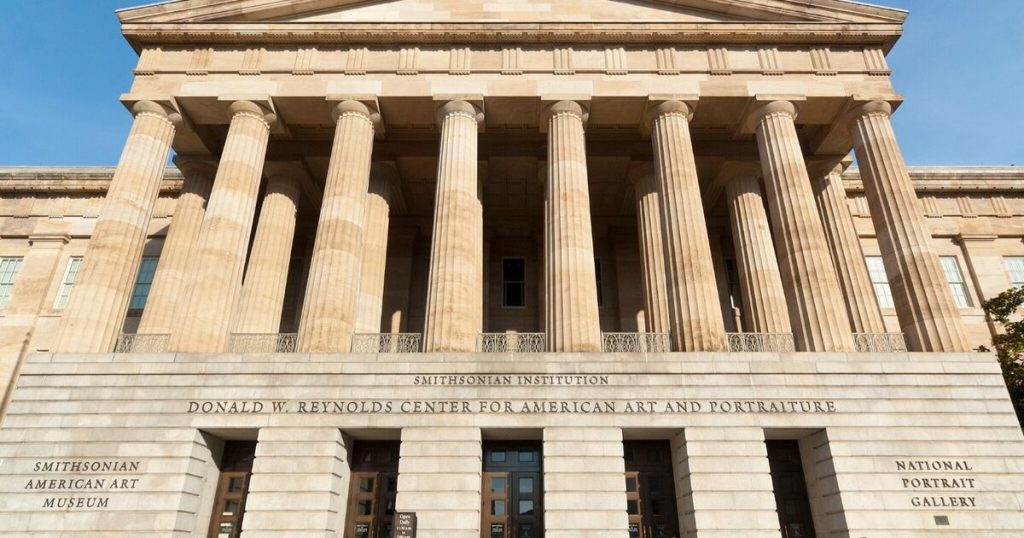On October 1st, the U.S. federal government officially entered a shutdown after Republicans and Democrats failed to agree on a government funding bill for services through October and beyond. The event leaves some 40 percent of the federal workforce—approximately 750,000 people—on unpaid leave, with many more placed on furlough.
While some services deemed essential, such as border security and law enforcement, will remain operational for the duration of the shutdown, all other government functions have been frozen. This will affect everything from Social Security to air travel.
But when the U.S. federal government shuts down, it’s not just the congressional offices and national parks that feel the squeeze. Many of the country’s most-visited museums and historical sites—especially those in Washington, D.C.—are run by the federal government and depend on its funding to stay open.
If lawmakers fail to find consensus on the budget, nearly all “non-essential” government operations—national parks, museums, and public programs—will lack funding. The last time the government shut down was in 2018, during Donald Trump’s first term, and it lasted a record 35 days.
As the shutdown stretches into its second week, the picture across the nation’s museums is uneven—some doors remain open for now, while others are already closed or preparing to shut down. Here’s what you need to know.
How are U.S. museums and historical sites affected?
The shutdown has had a varied effect on federally funded museums. Many institutions closed their doors on the first day of the shutdown, including the Washington Monument, the National Arboretum, the National Archives Museum, and the Library of Congress. The National Gallery of Art also announced its indefinite closure on October 5th, and in Philadelphia, landmarks such as the Liberty Bell Center, Independence Hall, and the Benjamin Franklin Museum have also shuttered.
The Smithsonian, meanwhile, announced it will continue operations for its 21 museums through October 11th using reserve funds, but warned that closures are likely beyond that date. After that, doors could close across its museums on the National Mall, from the Air and Space Museum to the National Museum of African American History and Culture.
Federal funding makes up approximately 62 percent of the Smithsonian’s budget and extends to its New York institutions, including the Cooper Hewitt Smithsonian Design Museum and the National Museum of the American Indian.
For now, some national park sites, such as the Statue of Liberty and Ellis Island, also remain open. Outdoor memorials and monuments—like the Lincoln Memorial and the World War II Memorial—also remain physically open but are without staff, tours, or public restrooms. The National Park Service, which oversees these sites, has warned that trash collection and maintenance may be suspended.
Practically all privately funded and locally supported museums remain unaffected by the shutdown. For instance, the Phillips Collection in Washington, D.C., will stay open, as will the nearby Baltimore Museum of Art. In New York, many of the major institutions rely on private funding rather than the federal government, including the Metropolitan Museum of Art and MoMA.
For some institutions, the shutdown’s effect is more nuanced. For example, the Space Center in Houston continues to operate since it’s independently run, though special VIP tours connected to NASA have been paused.
As negotiations between lawmakers continue, it’s unclear how long this shutdown will last. Historically, shutdowns have ranged from a few days to a few weeks, up to the 35-day record. Museums and federal sites plan short-term operations during a lapse in funding, making this type of last-minute closure possible.
If you’re planning to visit any federal institution, the best advice is simple: check before you go. This information can be found on the official website or social media accounts. For federally operated institutions, check their “operational status” pages or the National Park Service’s alerts.
Until Congress passes a new spending bill, uncertainty remains the only constant. For now, some of the country’s most-visited museums are holding on. But as the shutdown continues, the picture could change.
